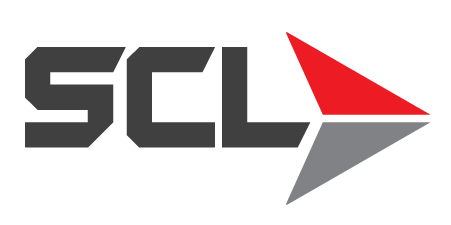3 Important Things to Look For When Reading an Oil Analysis

Reading an Oil Analysis
Knowing What to Look for When Reading an Oil Analysis
What is Oil Analysis
In a previous article, Oil Analysis – What is it and Why Should You Do It? We discussed the benefits of routinely running and reading oil analysis on your fleet as a way of monitoring and maintaining the health and performance of your trucks and equipment. Much like taking a blood sample, “oil analysis gives you an insight into the internal landscape of your engines and will allow you to track the performance of your equipment over time.” According to ALS, “Routine oil analysis is key to a successful maintenance program. Regular oil testing provides information (that is) essential to determining the condition of your equipment.”
What Does Oil Analysis Cost
Oil analysis is an additional monthly, quarterly or annual expense that is added to your bottom line, but at SCL we recommend it as a preventative measure that serves as an affordable safeguard against wear and tear on your engine. The cost of an individual oil analysis test will run you anywhere between $8 to $20. Multiplying those numbers across your entire fleet will give you a sense of what you can expect to pay annually for this added preventative measure. Although every penny and dollar counts in business, this added expenditure proves to be marginal when compared to the absolute catastrophe of a seized engine and its associated costly downtime.
3 Important Things to Look For When Reading an Oil Analysis
Viscosity – When conducting and reading an oil analysis, viscosity is going to be a critical component. Viscosity is the state of being thick, sticky, and semifluid in consistency, due to internal friction. Analysis of viscosity measures your oil’s resistance to flow at a certain temperature. Without the proper viscosity, oil is incapable of performing optimally and cause significant damage to the internal workings of your engine. When your oil’s viscosity is compromised it cannot protect engine components and can ultimately lead to wear, overheating and costly damage or replacement.
Metals – The presence of wear metals within your oil is never a good thing. Metal on metal requires optimal lubrication to prevent accelerated wear and high heat friction. Through elemental spectroscopy – a component of oil analysis – you can determine the presence and concentration of wear metals within your oil as well as contaminant metals and additive metals. The presence of wear metals in a lubricant can suggest abnormal wear, which can lead to decreased engine efficiency, damage to engine components and costly replacement. An understanding of wear limits based on regular oil analysis will give you a picture of your machine health combined with OEM recommendations. Monitoring “trending” of such wear metals over time will support you in optimally caring for your machinery. Lab results can be discussed with a lab analyst and with an SCL consultant to decide the best course of action for optimizing the condition of your lubrication system.
Contaminants – Contaminants in general come in multiple forms, from silt, resin, oxidation deposits, dust, water, sand, rubber and wear metals and they can all lead to a compromised lubrication system or system failure. The presence of contaminants within your oil via analysis allows you to identify where and how such materials are entering your system so that you can remedy the problem. Contaminants often lead to accelerated component wear and can be found in the form of boron, silicon, sodium, and potassium among others. Contaminant particles also range in size and shape and all sizes have the ability to affect engine components from the smallest micron up to particles visible with the naked eye. Paying attention to particle counts is also essential.
Other important things to consider when conducting an oil analysis on your lubrication system:
- The presence and quantity of water and moisture – promotes rust and corrosion
- The acid number (AN) can lead to corrosion and represents oil oxidation or additive depletion
- ISO cleanliness following the ISO (The International Organization for Standardization) cleanliness code quantifies particulate contamination levels per millimeter of fluid at three different sizes – 4µ[c], 6µ[c], and 14µ[c].
The Bottom Line
There are numerous oil analysis options available on the market today that adequately satisfy a wide spectrum of industrial applications. For a marginal investment, fleet managers can establish a comprehensive benchmark of cleanliness, quality and integrity for fluids and engine components. This allows for increased protection, efficiency and productivity and minimized wear, damage and costly downtime and replacement. Our subject matter experts at SCL will support you in choosing the perfect oil analysis product and program to best suit the needs of your fleet. We will also guide you in properly reading an oil analysis so that you understand the best course of action to optimize your lubrication system.
Contact an SCL Consultant Today
In a wide range of industrial sectors, we’re here to protect and optimize the machines that keep our country moving, and we pride ourselves on providing superior logistics and solutions, extensive product and industry knowledge and total performance satisfaction for our customers. No matter where the future of the automotive industry is headed, we will be there to deliver what you need to keep you in motion. For information on how we can assist you in choosing the optimal products for your vehicle at a competitive price, contact an SCL consultant today.
